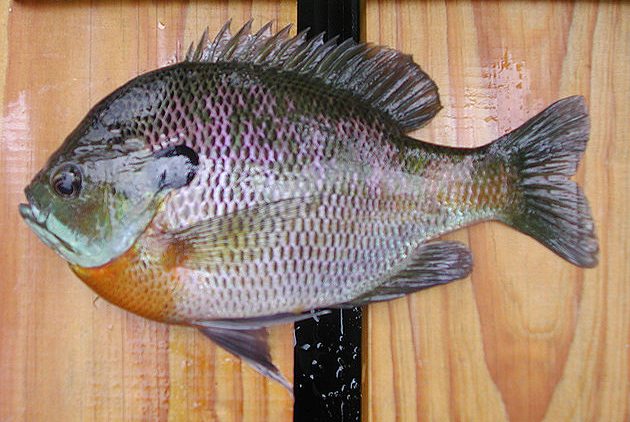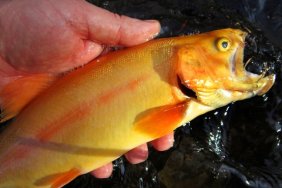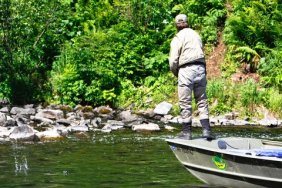Although many anglers have packed away their fishing tackle for the season, fall is one of the best times to be on the water, especially if you are fishing for big bluegills.
As winter creeps closer, bluegills, like other game fish, are feeding heavily in preparation for the coldest months. Now is the time to take advantage of this productive window in the fishing season.
During the summer months, it can be difficult to separate the big bluegills from the small ones, and it often becomes frustrating catching one tiny bluegill after another. However, during the fall, there tends to be a greater separation between the big and small fish, which offers a great chance to land some big fish.
FALL ACTIVITY
As the water temperatures cool and the days grow shorter, fish activity begins to change. Bluegills move to new locations and start feeding aggressively as they prepare for winter.
Small bluegills often scatter, but bigger bluegills typically move to deeper water. This can be as much as 15 to 20 feet of water. One of the reasons they move is to find higher oxygen levels. Dying weeds in shallower water lower oxygen levels, forcing many fish into deeper water to find more favorable conditions.
Look for bluegills along deep weedlines, sharp drop-offs, points and deep bays. Often the fish can be found in deeper areas near their spring spawning sites.
Bluegills will typically be feeding throughout the daytime hours, with lower and higher activity periods interspersed.
LOCATING FISH
One of the best ways to find fall bluegills is to use a fish finder. Look for clusters of smaller fish. Chances are good they will be groups of blue gills, many of which will be big bluegills.
Your best bet is to anchor right over the fish and go straight down after them.
FALL TECHNIQUE
Fishing for big bluegills during the fall takes a different technique than during the summer. Actually, the fall technique is not that different from ice fishing for bluegills. The best approach during the fall is jigging. Use a small jig and tip it with a bit of nightcrawler, mealworm or wax worm. Jig your bait directly up and down in front of the bluegills you have marked on your fish finder.
Experiment with different colors. If the water is murky or colored try flashy jigs to increase your odds of the fish seeing your bait.
You can also use live bait fished under a slip bobber, but make sure to have your bait close to the bottom.
In late fall, when water temperatures become cold and ice-up approaches, bluegills will continue to feed regularly, but their bite becomes lighter as their metabolism slows.
Throughout the fall, you should be able to catch numerous fish from a single cluster. If the action tapers off, look for a new cluster that is actively feeding.
Photo credit: Wikimedia








